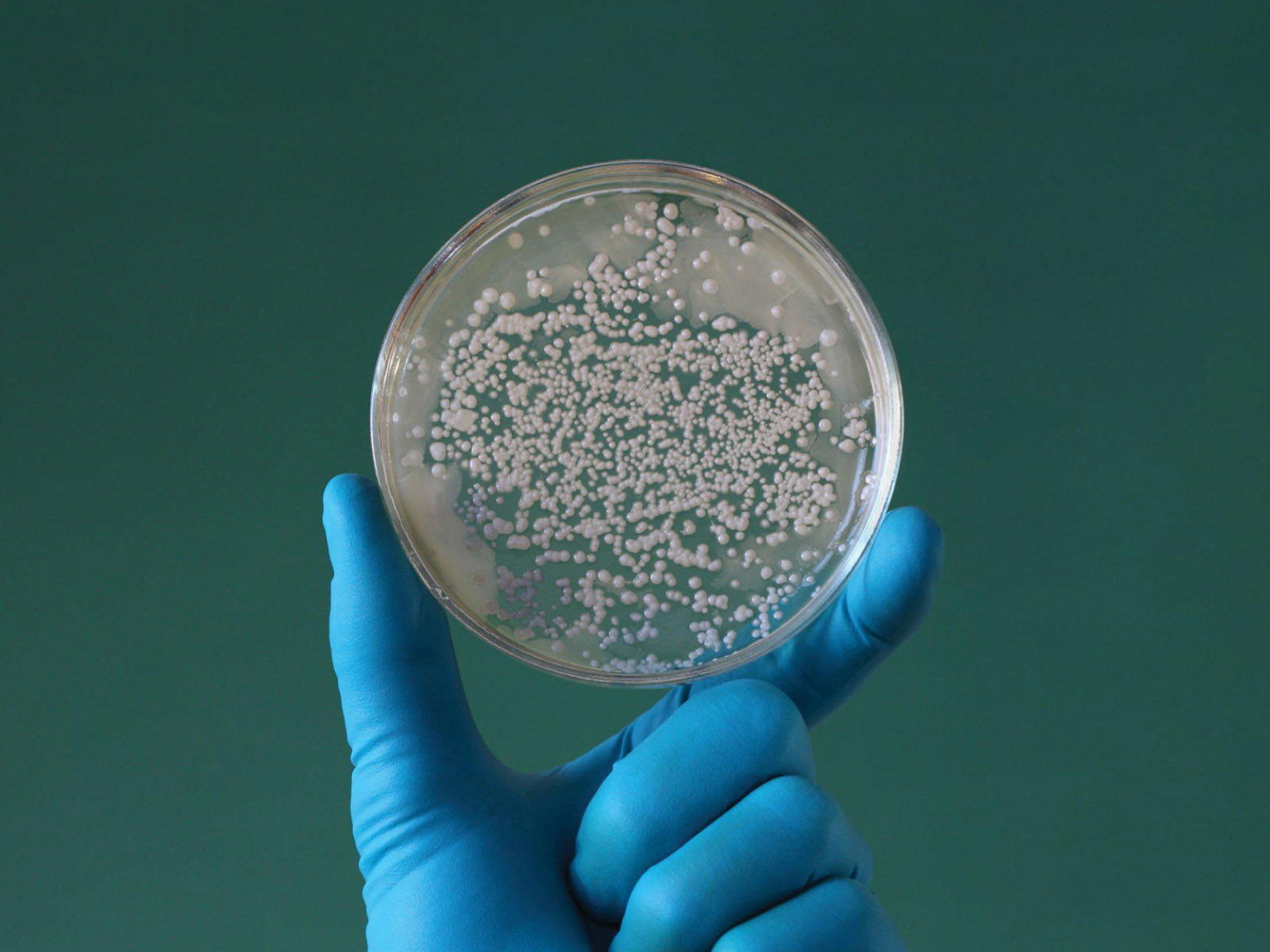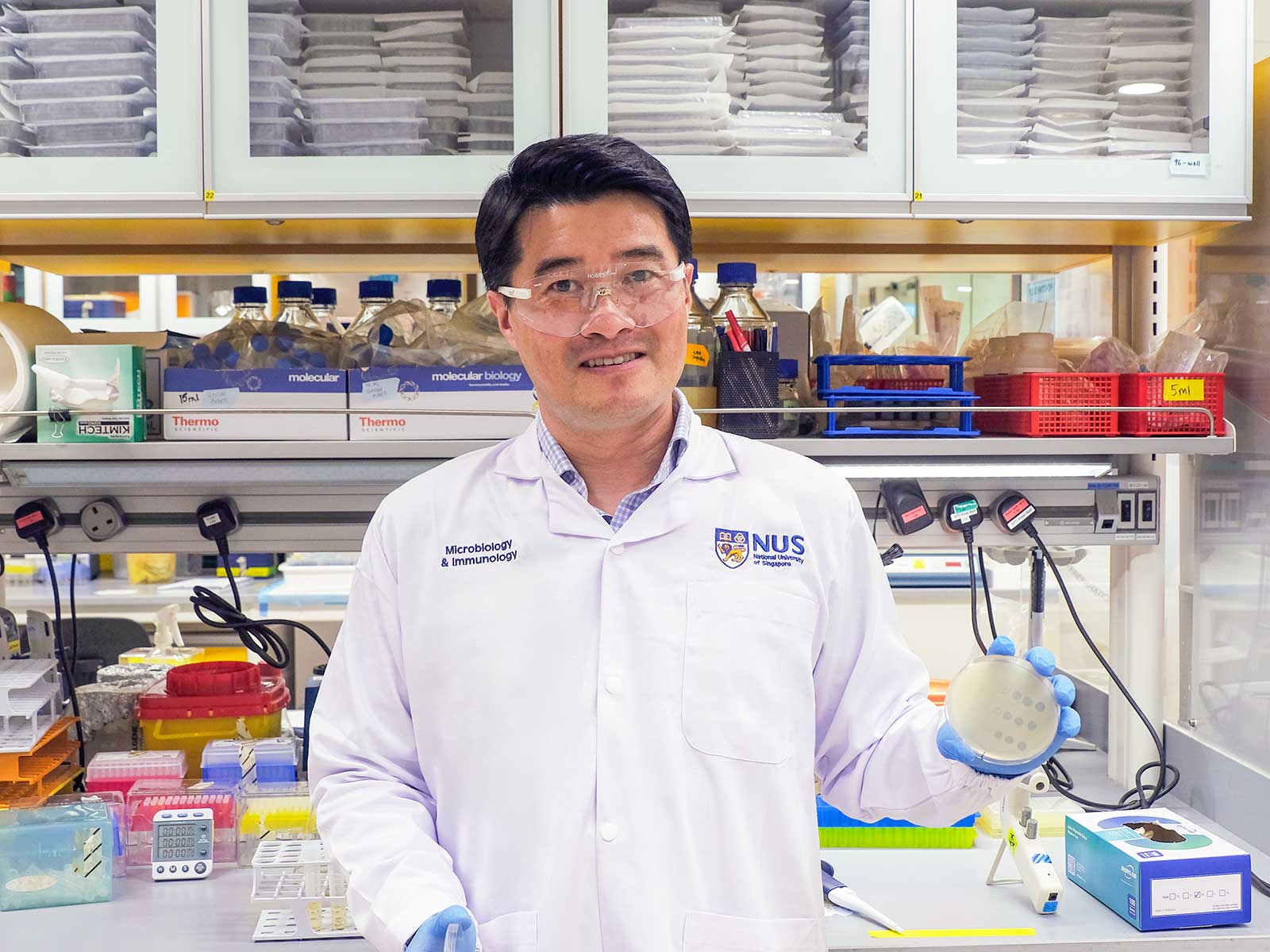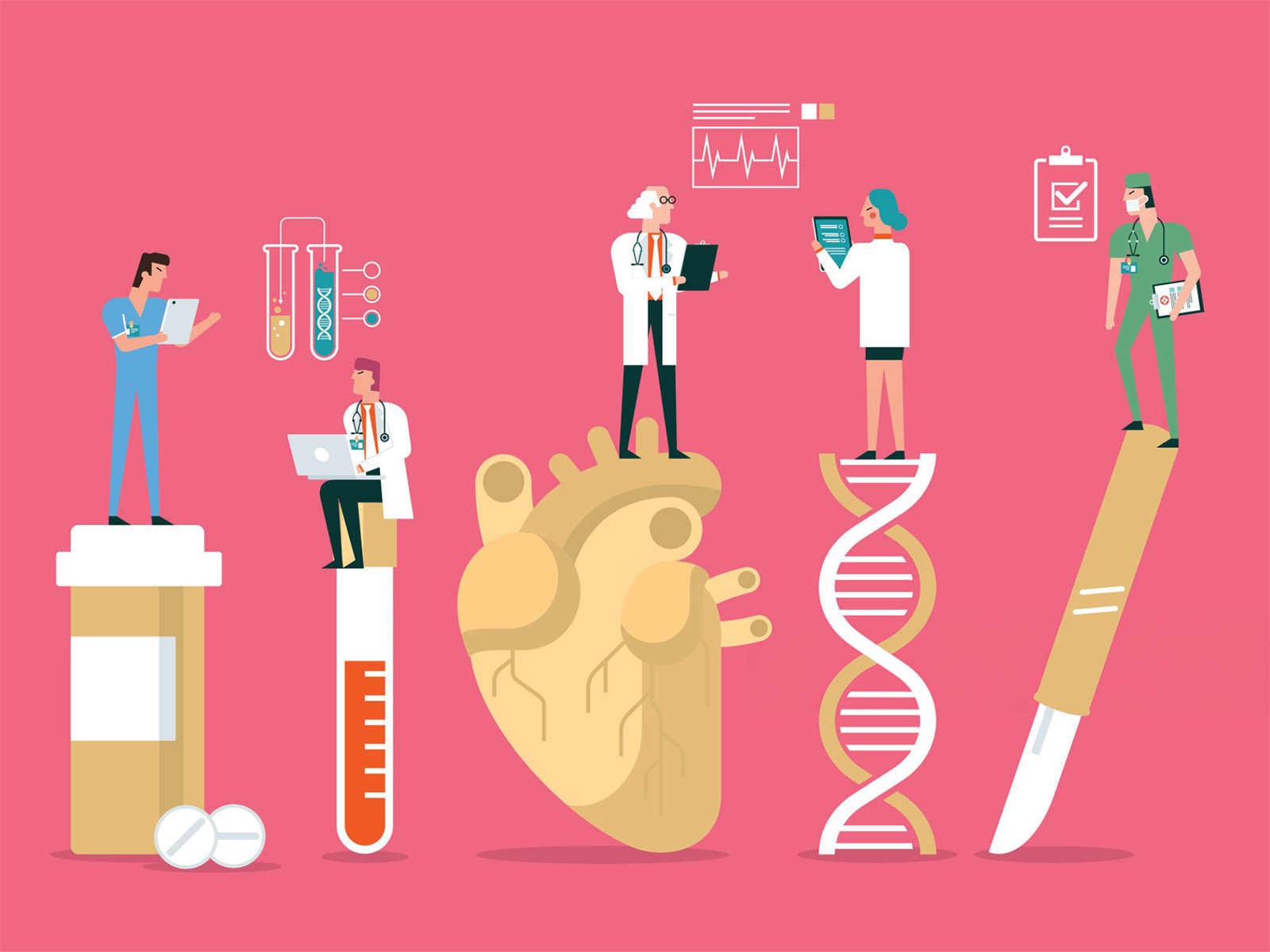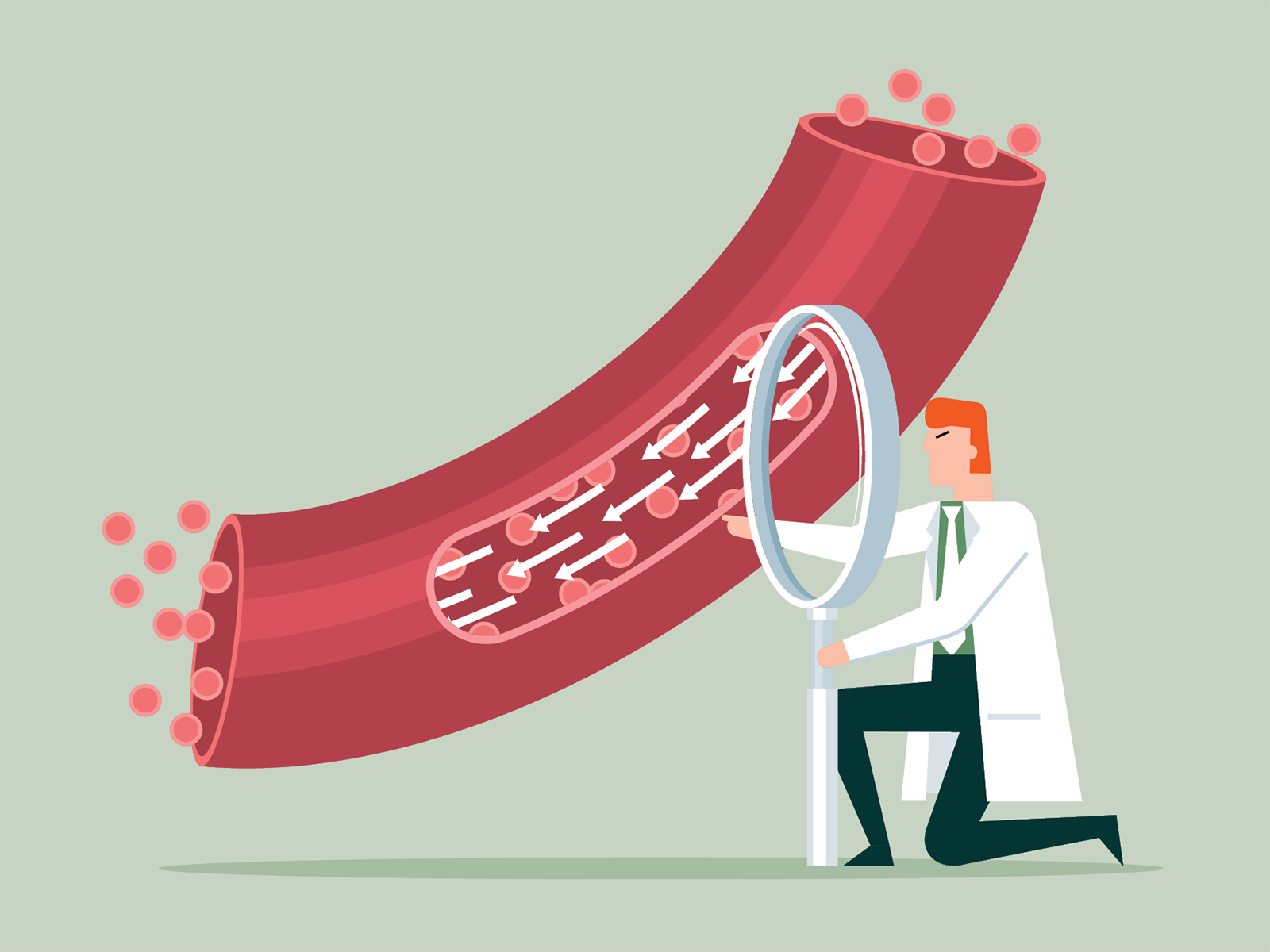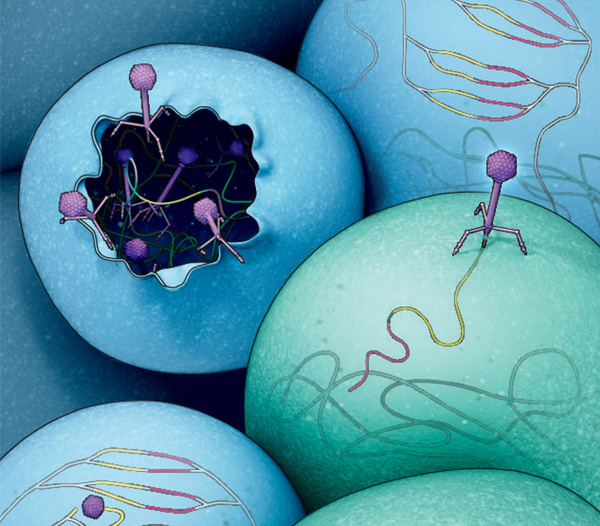
An illustration of lateral cotransduction between Staphylococcus aureus pathogenicity islands (SaPIs).
This newly discovered process, lateral cotransduction, rivals lateral transduction in terms of efficiency but surpasses the latter in versatility and complexity. While lateral transduction is only known to occur when dormant phages within bacterial genomes become reactivated and initiate reproduction in the lytic cycle, lateral cotransduction can occur during the reactivation process and the infection of new bacterial cells.
Additionally, unlike phages that sacrifice their genes to transmit bacterial host DNA, SaPIs can transfer themselves completely intact with bacterial DNA through lateral cotransduction. This remarkable capability enables them to perpetually repeat the process, making them significantly more potent and efficient in transmitting bacterial genes.
Asst Prof Chen said, “Through the study, we have demonstrated that bacteria can evolve much faster than we understood. While genetic transduction has always been the exclusive domain of phages, in an unexpected twist of irony, our research has shown that parasites of the most prolific parasites on the planet (the phages) are probably the most powerful and efficient transducing agents currently known.”
From friend to foe: the unwitting accomplices of SaPIs
The rise of superbugs has called for new ways to treat antibiotic-resistant strains. One such method that has gained traction in recent years is phage therapy, which involves the use of phages to eliminate harmful bacteria in infections and diseases. However, instead of just fighting bacteria, some therapeutic phages could turn out to be the unwitting accomplices of SaPIs or other related elements capable of lateral cotransduction.


